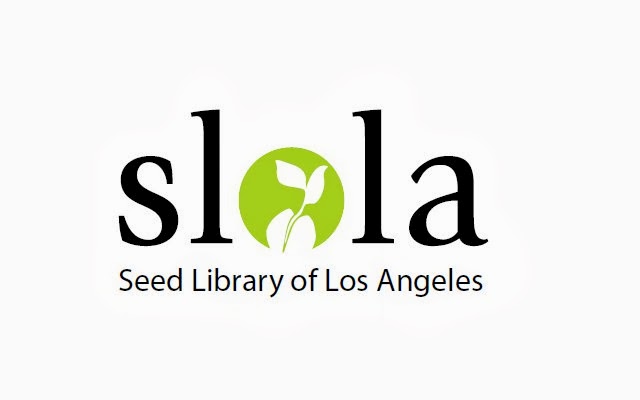 |
| Big fat lettuce flowers getting ready to open up and show off their yellow petals before the seeds ripen up. |
The
term “organic gardening” when it was first becoming a household
word, took a lot of flak for being 'inaccurate' because “all of
life is organic” and therefore it meant nothing, or so the critics
said. Of course, whether or not it was accurate, the term stuck and
today, no one would bother to challenge it.
Today,
we talk about 'open-pollination' and hybrids and we have the terms
slightly off-kilter. Wet talk of open-pollination as being the
opposite of hybrid, but that's not necessarily the case. Let's start
at the beginning to unravel these terms.
In
the very beginning of agriculture, the selection of wheat strains
from wild plants into cultivated plants produced immediate changes to
the plant, including larger seed heads, larger seeds, and seeds that
shattered – ripened and easily removed from the plant – occurred
rapidly once the plants were being selected by humans. Over the
years these changes became stable traits in the selected plants.
Grown over time and having minimal assistance from humans, possessing
a variety of genotypes and phenotypes (the genetics inside the plant
and the physical appearance of the plant, respectively) these plants
are called landraces.
A
good definition of landrace would be:
“...
a variety with a high capacity to tolerate … stress, resulting in a
high yield stability and an intermediate yield level under a low
input agricultural system.” A “low input agricultural system”is
the agricultural systems that are not the American mechanized,
chemical stew, environment destroying agriculture and is the
agricultural system of most of the world. Older strains of wheat are
'landrace wheat' – in Canada that is 'Red Fife,' in southwest
America, 'Sonoran' wheat is the landrace as two examples. Landraces
are the only truly 'open-pollinated' seeds grown.
The
landrace might be selected by a farmer over and over again to arrive
at a variety that is special to that farmer. He begins a process of
'closed-pollination' to ensure the cross is stable. Once he has a
stable hybrid, we begin to call it an 'open-pollinated,' abbreviated
'op' although it probably isn't op – but it is the term we commonly
use to indicate that this variety is NOT a hybrid.
But
a 'hybrid' is just a cross of two different parents. Usually when we
say 'hybrid,' though, we mean an unstable hybrid or a hybrid cross that has
just been made. When two lines of plants are crossed, the first
generation is called the “first filial” generation, abbreviated
F1, a subsequent generation would be F2 and so
on.
Still
these are the terms you'll find in seed catalogs. OP means it is a
stable variety. Hybrid means it is probably an unstable variety. A stable
variety will come true if you save the seeds of that variety meaning that the
subsequent plants will be very much like the parent generation.
Saving seed of an unstable variety will not breed true – the
resultant population will include off types that reflect the
different lines of the original parent plants.
I
hope this explanation helps a little bit in learning more about seed
saving. I've been studying the new book by John Navazio, The
Organic Seed Grower. Written for commercial organic seed
production, in a world where no such book has existed, this is not a
light-reading book, but boy is it chockful of information that has
caused more thinking and a much deeper understanding of the vagaries
of seed production. The copy I am using will eventually become a
part of SLOLA's book library and I'll buy own copy – it's not
cheap, but it is worth the money.
david

No comments:
Post a Comment